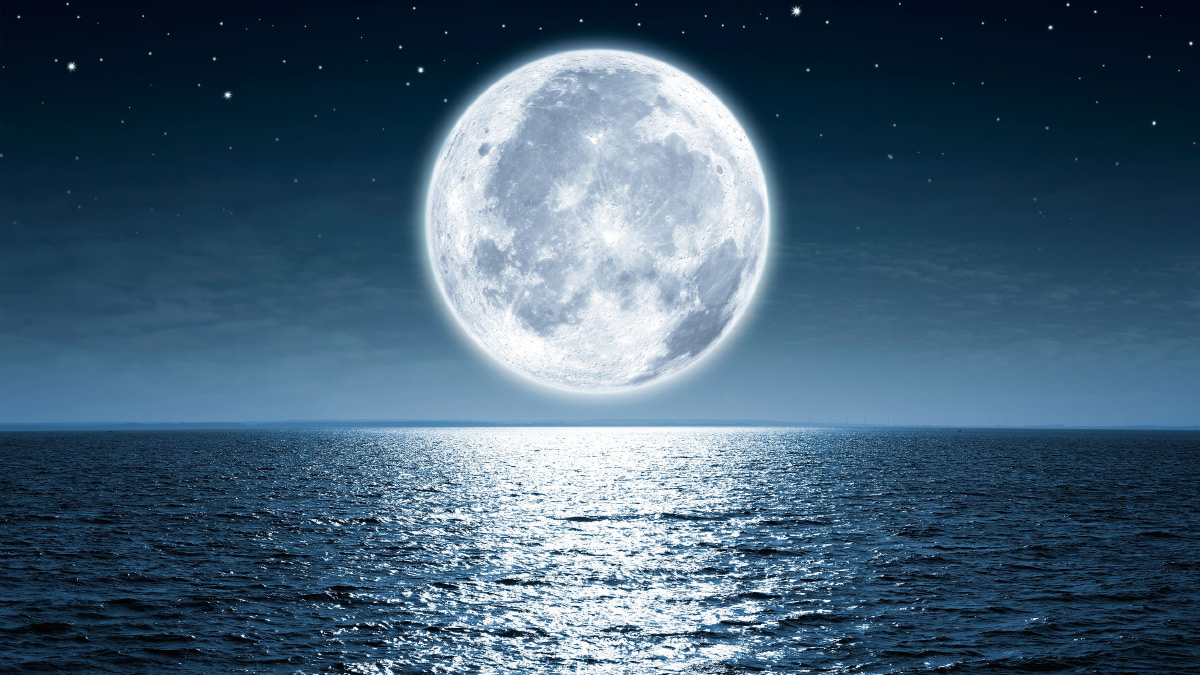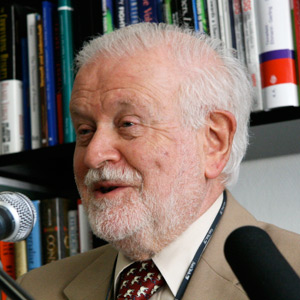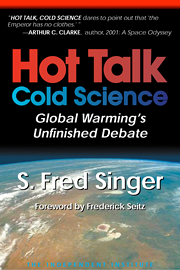The Moon is the largest planetary satellite of our solar system; its mass is about 1% of the Earth’s mass. It is the only natural satellite of the Earth. Venus and Mercury have none. Mars has two small moonlets, Phobos and Deimos. The outer planets have many satellites – and even rings, made up of thousands of tiny orbiting particles.
The Moon orbits the Earth at an average distance of 60 R; 1 R (Earth radius) is about 4,000 miles. The Moon is now moving away from the Earth at a rate of 1.5 inches per year. (The lunar orbit is slightly elliptical, so the actual distance varies somewhat during the course of the month.)
The cause of this lunar recession is the orbit-expanding, perturbing effect of the Earth’s tidal “bulge,” raised by the Moon’s gravitational attraction. In the process, the lunar orbit gains some angular momentum – at the expense of the Earth. As a result, Earth rotation is slowing down; days are getting longer, at about 2 milliseconds per year.
If you have not noticed that the length of the day is increasing, don’t worry. Astronomers measure the length of Earth’s rotational period precisely, using “fixed stars” as references. The distance to the Moon is now determined accurately by laser reflection from mirrors, mounted by the pioneer Moon-walker, astronaut “Buzz” Aldrin.
These slow changes were once much faster, as the Moon was closer to the Earth in the past 4.5 billion years; the tidal effects then were much stronger. At the time of closest approach, the month lasted only about an hour. The day was also about one hour instead of the 24-hour day we have now. (The Moon, as viewed from the Earth, was either up in the sky or below the horizon.)
By the way, the Moon also stabilizes the Earth’s obliquity (the angle between the spin axis and the normal-to-the-orbit plane, now 23.5 degrees). The Moon keeps this angle between narrow limits, as it oscillates by about one degree over a period of about 40,000 years. This obliquity also gives us the changing seasons of the year and makes our present civilization possible.
Lunar Origin
“Capture” means changing the orbit of the passing Moon from free, hyperbolic to elliptical (bound) by dissipating some of its kinetic energy. There are many different ways this can be accomplished.
The origin of the Moon is still much disputed. On the one hand, many people believe, and many textbooks state, that an impacting Mars-sized body led to a particle ring in orbit around Earth, which somehow coalesced into the Moon. But this “impact hypothesis” has never been worked out fully, and we don’t know yet if the Moon so formed would have the properties of our present Moon.
On the other hand, applying the tidal perturbations by calculating backward in time, starting with the present Moon and its present orbit, we can find the conditions at the time the Moon was acquired some 4.5 billion years ago.
This is the traditional way to calculate the orbital evolution of the Moon; it was pioneered by Sir George Darwin, nephew of Sir Charles, in 1870. He started with the present Moon and the present orbit and applied the tidal perturbations – as did others, following his example.
(Please note that tidal effects, usually thought of as applying only to the ocean, also occur within the interior of the Earth. These so-called “solid tides” are much smaller than any ocean tide, but they cause the heating of the Earth’s interior, including the formation of the molten iron core of the Earth, I believe.)
Then Darwin just assumed that the fast-spinning Earth would fission and that the Moon is simply part of the Earth’s mantle. His “fission theory” held sway for many years but is no longer accepted.
The late Prof. Gordon MacDonald of UCLA found that these initial spin periods of the Earth were so short, a fraction of one hour, that the internal dissipation, by tidal friction, of its kinetic energy of rotation would create serious problems. It would be more than sufficient to vaporize the Earth!
Geophysicist MacDonald was a well known authority on many subjects. He co-authored the monograph “The Rotation of the Earth.”
At that point, many proponents of the gravitational capture hypothesis, which had included two Nobelists, lost interest. However, I found that a simple modification of tidal theory, which I labeled “push-pull,” would merely melt the Earth’s interior by tidal friction.
I have returned to be a proponent of capture origin of the Moon. I find that it can explain many other features of the Earth that have been puzzling, such as the source of its internal heat and the molten iron core.
The last word has not yet been spoken. In the meantime, writers of astronomy textbooks should keep their powder dry.










